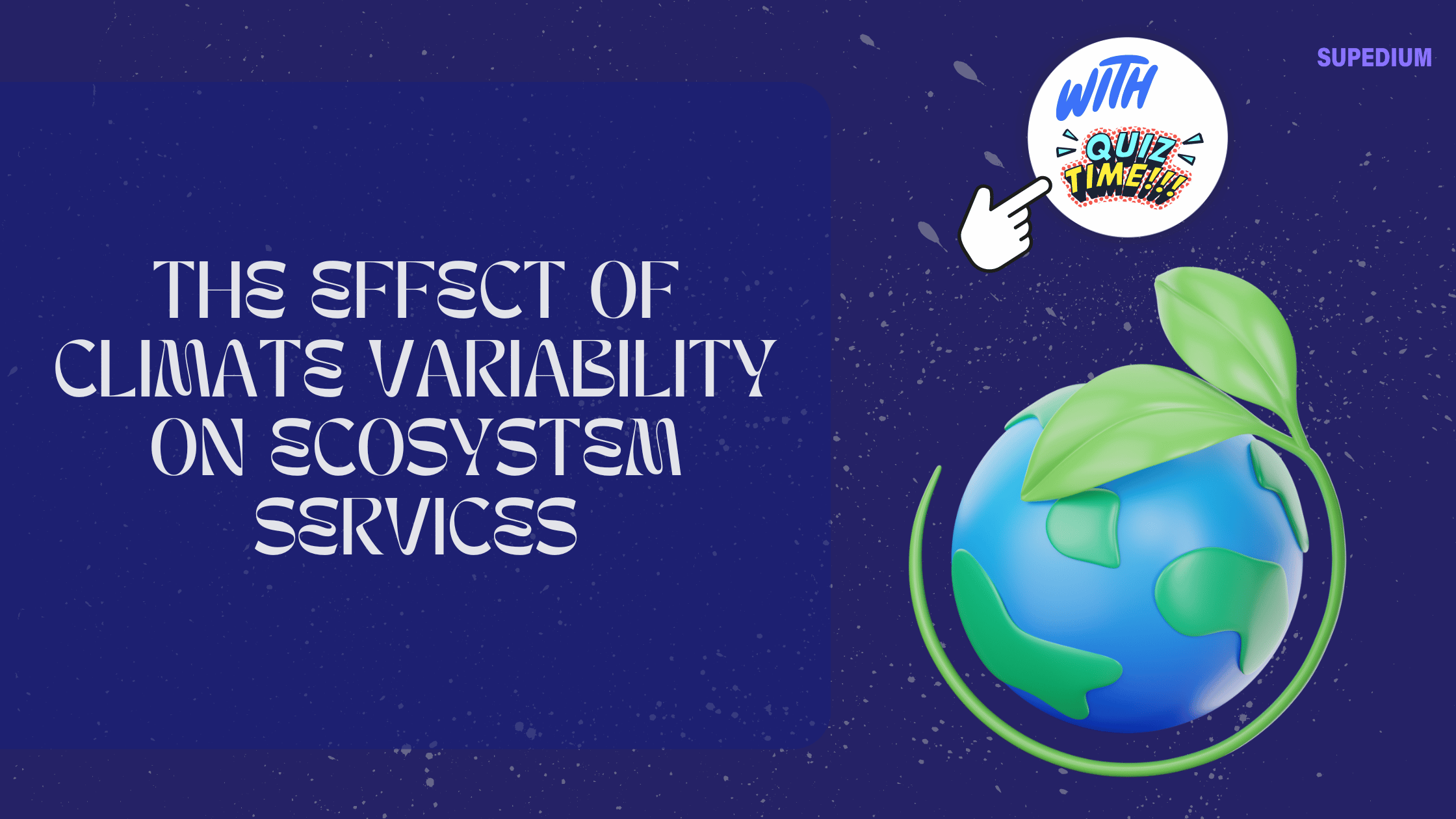Table of Contents
![]()
Resilience is a critical trait that enables individuals to navigate life’s challenges and bounce back from setbacks. Whether dealing with personal struggles, professional setbacks, or broader societal issues, resilience is key to maintaining well-being and achieving success. This article provides an in-depth look at building resilience, exploring its science, core components, strategies, and applications across various contexts.
Understanding Resilience
Definition and Importance
Resilience is the ability to adapt to adversity and recover from difficulties. It manifests in several forms:
- Psychological resilience involves mental and emotional flexibility.
- Emotional resilience pertains to managing and regulating emotions effectively.
- Physical resilience refers to the body’s capacity to withstand stress and recover from physical challenges.
The importance of resilience cannot be overstated. It plays a crucial role in mental health, enabling individuals to handle stress and adversity with greater ease. In personal and professional realms, resilience helps people stay focused on their goals, maintain productivity, and foster positive relationships.
The Science of Resilience
Biological and Psychological Foundations
Resilience is underpinned by biological and psychological mechanisms. Neuroplasticity, the brain’s ability to reorganize itself, plays a significant role. This capacity allows the brain to adapt to new experiences and recover from trauma. Additionally, the stress response system, including the hypothalamic-pituitary-adrenal (HPA) axis, influences how we respond to stress and adversity.
Several factors contribute to resilience:
- Genetic predisposition affects baseline stress responses and coping mechanisms.
- Early life experiences, such as childhood adversity or supportive environments, shape resilience.
- Social and environmental factors, including community support and socioeconomic status, also play a role.
Core Components of Resilience
Self-Awareness
Self-awareness is the cornerstone of resilience. Understanding one’s emotions and triggers enables individuals to manage their reactions more effectively. Reflecting on personal strengths and weaknesses helps in leveraging them during challenging times.
Emotional Regulation
Managing stress and maintaining emotional balance are essential for resilience. Techniques such as deep breathing, mindfulness, and relaxation exercises help in regulating emotions and reducing anxiety.
Positive Thinking and Optimism
Adopting a positive mindset is crucial for resilience. Cognitive reframing, which involves viewing challenges from a different perspective, and cultivating optimism can enhance one’s ability to cope with difficulties.
Problem-Solving Skills
Effective problem-solving involves identifying solutions and setting realistic goals. The ability to make decisions under pressure and break down challenges into manageable steps fosters resilience.
Social Support
Building and maintaining strong relationships provide emotional and practical support during tough times. Seeking help from others and offering support in return contribute to a robust support network, enhancing resilience.
Strategies for Building Resilience
Developing a Growth Mindset
Embracing challenges and learning from failures are hallmarks of a growth mindset. This perspective encourages individuals to view obstacles as opportunities for growth and development, thereby fostering resilience.
Building Healthy Habits
Adopting healthy habits is vital for resilience. Regular exercise, a balanced diet, and adequate sleep strengthen both physical and emotional health, enabling better stress management.
Mindfulness and Stress Management
Practicing mindfulness and stress reduction techniques helps in maintaining emotional equilibrium. Mindfulness practices, such as meditation and mindful breathing, improve awareness and control over one’s responses to stress.
Setting Realistic Goals and Priorities
Effective goal-setting and prioritization are essential for resilience. Setting SMART goals (Specific, Measurable, Achievable, Relevant, Time-bound) helps in staying focused and motivated. Balancing priorities and managing time effectively prevents overwhelm and supports resilience.
Enhancing Coping Skills
Developing adaptive coping strategies, such as problem-focused coping and seeking social support, is crucial. Avoiding maladaptive behaviors, such as substance abuse, helps in maintaining resilience and overall well-being.
Resilience in Different Contexts
Personal Life
In personal life, resilience helps individuals cope with various challenges, including loss, illness, and personal setbacks. Building resilience within family dynamics involves fostering open communication, mutual support, and shared problem-solving.
Workplace
In the workplace, resilience is essential for managing work-related stress and navigating career challenges. Developing resilience at work involves maintaining a healthy work-life balance, managing workload, and fostering positive relationships with colleagues.
Education
Resilience in education helps students and educators overcome academic challenges. For students, it involves developing effective study habits, seeking help when needed, and maintaining a positive attitude toward learning. Educators can build resilience by fostering supportive learning environments and managing classroom stress.
Communities
Communities also benefit from resilience, particularly in the face of natural disasters and societal issues. Building community resilience involves creating support networks, planning for emergencies, and promoting collective well-being.
Practical Exercises and Tools
Self-Assessment Tools
Resilience scales and questionnaires can help individuals assess their resilience levels. Reflection exercises, such as journaling, enable self-discovery and identification of areas for improvement.
Resilience-Building Activities
Engaging in activities like journaling, participating in resilience training workshops, and setting personal development goals can enhance resilience. These activities provide practical tools and strategies for managing adversity.
Resources and Support Systems
Books, online resources, and professional counseling services offer valuable insights and support for building resilience. Utilizing these resources can provide additional guidance and encouragement.
Case Studies and Examples
Personal Stories of Resilience
Examining profiles of individuals who have overcome significant challenges provides inspiration and practical examples of resilience in action. These stories highlight different strategies and approaches to building resilience.
Organizational Examples
Businesses that have successfully navigated crises, such as economic downturns or operational challenges, offer valuable lessons in organizational resilience. These examples demonstrate how resilience strategies can be applied in professional settings.
Community Success Stories
Communities that have recovered from natural disasters or other crises illustrate the power of collective resilience. These success stories highlight the importance of community support and effective recovery planning.
Conclusion
Building resilience is an ongoing journey that involves developing self-awareness, emotional regulation, positive thinking, problem-solving skills, and strong social support. By implementing resilience-building strategies and applying them in various contexts, individuals can enhance their ability to cope with adversity and achieve their goals. Embracing resilience as a lifelong commitment to personal growth and adaptability will empower individuals to face challenges with confidence and strength.
Share This





Be the first to comment